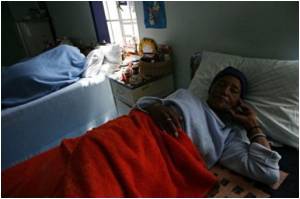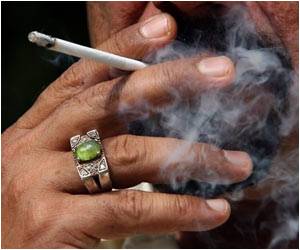In the last six months of life, almost one-third of older adults receive care in a skilled nursing facility under the Medicare posthospitalization benefit.

While most Medicare beneficiaries enroll in skilled nursing facility (SNF) care for rehabilitation or life-prolonging care, experience suggests that some dying patients are discharged to a SNF for end-of-life care. Switching patients from Medicare coverage under the SNF benefit to the hospice benefit has financial implications for the patient and for the nursing home. Unlike the SNF benefit, the hospice benefit does not pay for room and board, which means patients who transition to the hospice benefit must pay out of pocket or by enrolling in Medicaid, for which many patients do not qualify, according to the study background.
Katherine Aragon, M.D., of the University of California, San Francisco, and colleagues used data from the Health and Retirement Study, a nationally representative survey of older adults, linked to Medicare claims (1994 through 2007) to examine the use of the Medicare posthospitalization SNF benefit at the end of life. The study included 5,163 Medicare participants who had died at an average age of nearly 83 years.
"Our finding that Medicare decedents commonly used SNF care at the end of life suggests a need to better understand who is using the SNF benefit and whether they are receiving care that matches their goals," the authors comment.
In total, about 30 percent of the participants had used the SNF benefit in the last six months of life and about 9 percent had died while enrolled in the SNF benefit. The use of the SNF benefit was greater among patients who were 85 or older, had at least a high school education, did not have cancer, resided in a nursing home, used home health services and were expected to die soon, according to the study results.
Of the participants who lived in the community and had used the SNF benefit, about 42 percent died in a nursing home, nearly 11 percent died at home, nearly 39 percent died in the hospital and 8 percent died elsewhere. In contrast, of those participants who lived in the community but did not use the SNF benefit, about 5 percent died in a nursing home, almost 41 percent died at home, about 44 percent died in the hospital and nearly 10 percent died elsewhere, the study results also indicate.
Advertisement
The authors conclude that high Medicare SNF benefit use at the end of life highlights the need to incorporate quality palliative care services in nursing home.
Advertisement
(Arch Intern Med. Published online October 1, 2012. doi:10.1001/archinternmed.2012.4451. Available pre-embargo to the media at http://media.jamanetwork.com.)
Editor’s Note: This study was supported in part by grants from the National Institute on Aging and from the National Center for Research Resources University of California, San Francisco Clinical and Translation Science Institute. Please see the article for additional information, including other authors, author contributions and affiliations, financial disclosures, funding and support, etc.
Commentary: Aligning Prognosis, Patient Goals, Policy and Care Models
In an invited commentary, Peter A. Boling, M.D., of Virginia Commonwealth University, Richmond, writes: "Reflecting on this study, about half of the SNF users did not die in the nursing home and ultimately went home, despite having significant frailty. We must all carefully avoid rushing to judgment and imposing end-of-life care protocols when reasonable vitality and quality of life remain, despite chronic illness burden."
"Continuity of care and the processes required to resolve complex issues are often fractured in contemporary health care, resulting in care that is ultimately not what many reasonable persons would choose," Boling continues.
"Without doubt, the SNF benefit is too often used on admission to nursing homes for patients in whom the expected outcome is death because of incentives for the facility and financial burdens on the family that come from using the Medicare hospice benefit at the outset of nursing home care. Clinical practice and health care policy should perform better in this context, and this ultimately ties back to alignment of incentives," Boling concludes.
(Arch Intern Med. Published online October 1, 2012. doi:10.1001/2013.jamainternmed.592. Available pre-embargo to the media at http://media.jamanetwork.com.)
Editor’s Note: Please see the article for additional information, including other authors, author contributions and affiliations, financial disclosures, funding and support, etc.
Source-Eurekalert









